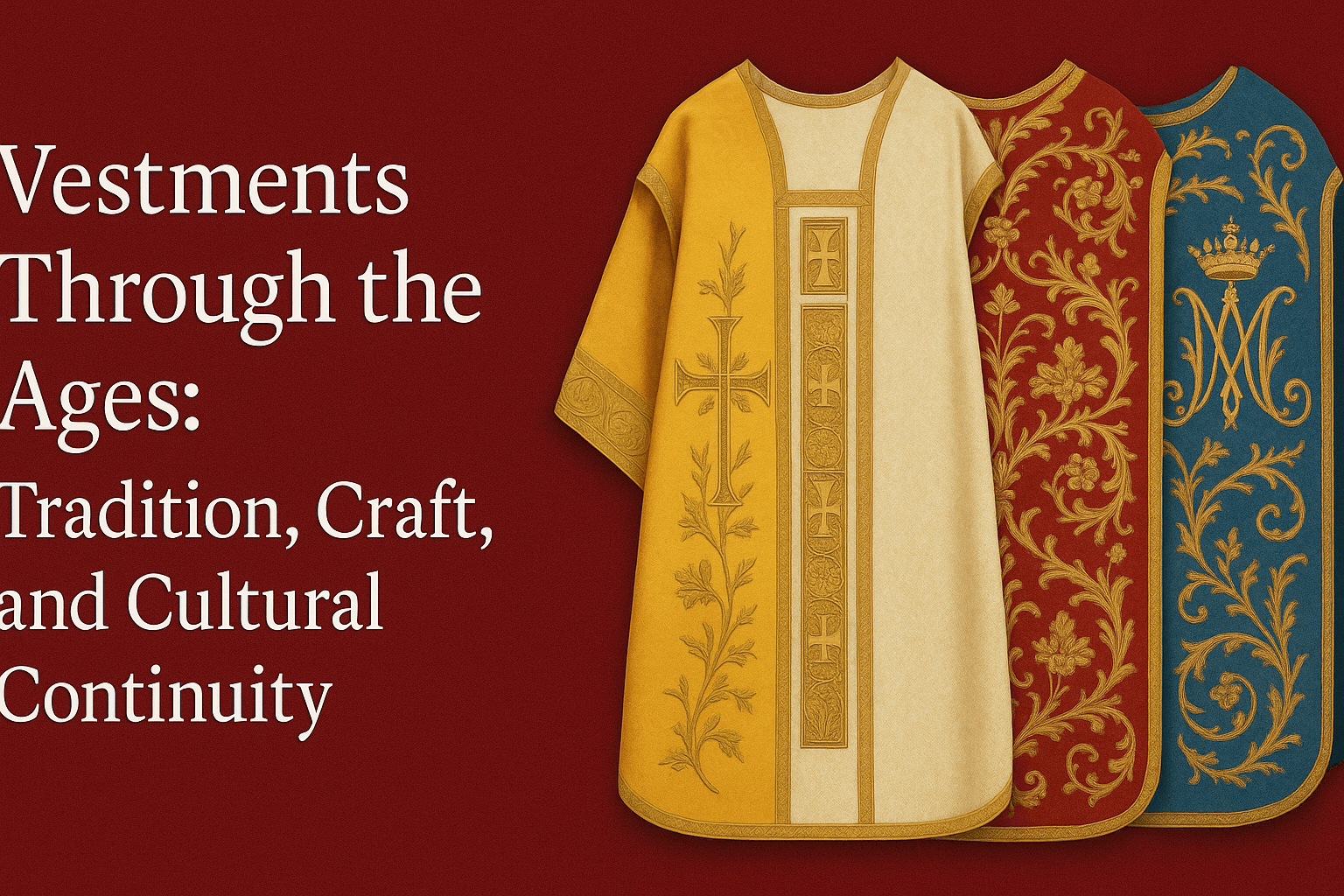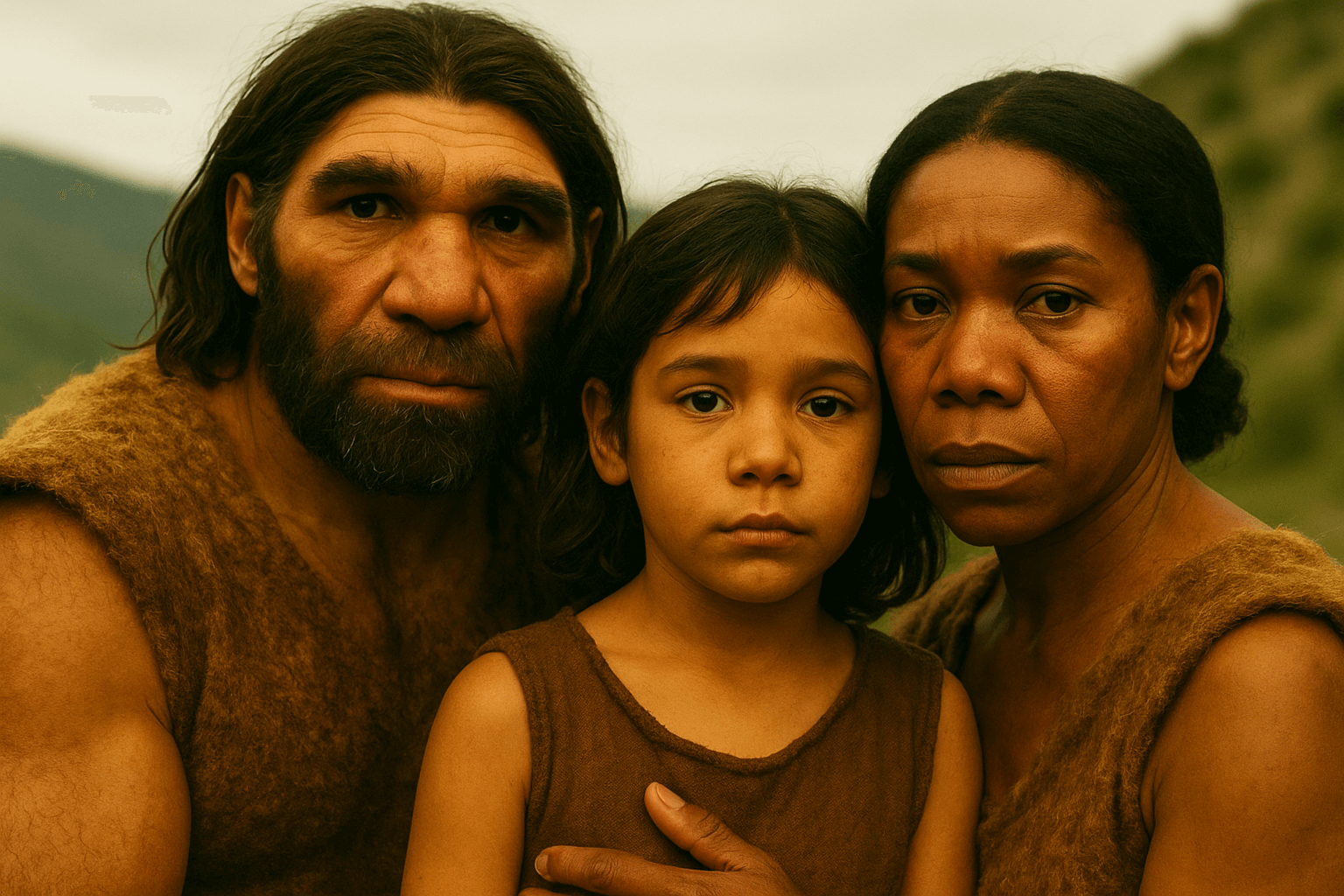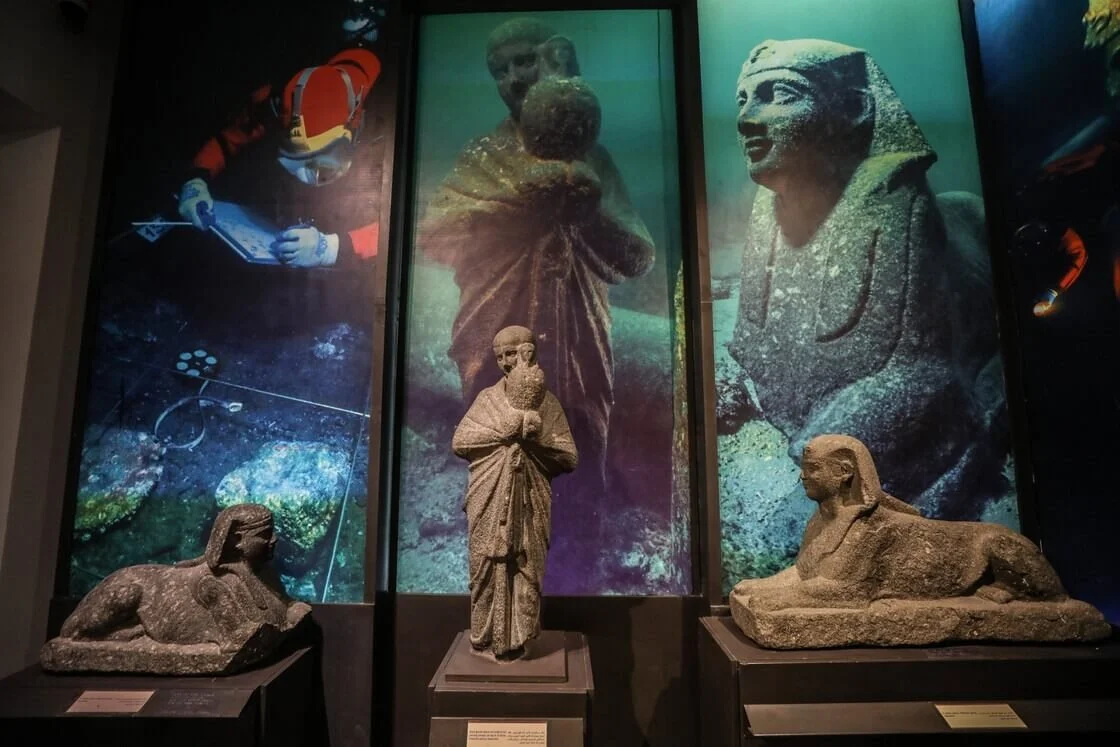BY THE ARCHAEOLOGIST EDITOR GROUP
World religions form a vast and intricate tree, with each branch representing a distinct belief system. Just as a tree grows and changes over time, new branches can sprout as religions evolve, intersect, and differentiate. This article delves into the expansive World Religions Tree, exploring its main branches and providing a brief overview of each.
zoom for details:
This is an awesome work apparently sponsored by The 40 Foundation and prepared by the awesome people at Funk & Consulting.
Abrahamic Religions
The term 'Abrahamic religions' refers to faiths that trace their origins back to Abraham, a patriarchal figure in the Hebrew Bible, the Christian Old Testament, and the Islamic Quran.
Judaism
Judaism is the oldest of the Abrahamic religions. Jews believe in a monotheistic religion, worshiping a single, omnipotent God who made a covenant with their ancestors. Important texts include the Tanakh and the Talmud.
Christianity
Originating from Judaism, Christianity holds the belief that Jesus Christ is the son of God and humanity's savior. The New Testament, which includes the teachings of Christ and the accounts of his life, is considered holy in addition to the Old Testament.
Islam
Islam, the youngest of the Abrahamic religions, reveres the prophet Muhammad, who received revelations from God, or Allah in Arabic. These revelations were compiled into the Quran, Islam's holy text. There are two main branches of Islam, Sunni and Shia, each with their own interpretation of Islamic teachings.
Dharmic or Indian Religions
Dharmic religions, also known as Indian religions, emphasize the concept of Dharma, the moral and ethical duties and responsibilities individuals must uphold.
Hinduism
Hinduism is one of the world's oldest religions and has no single founder. Its beliefs are diverse, but many Hindus believe in a supreme being or universal soul (Brahman), the cycle of life, death, and rebirth (samsara), and the law of cause and effect (karma).
Buddhism
Founded by Siddhartha Gautama, known as the Buddha, Buddhism seeks to attain Nirvana, the state of liberation from the cycle of birth, death, and rebirth, through the cultivation of wisdom, ethical conduct, and mental discipline.
Jainism
Jainism, an ancient Indian religion, emphasizes non-violence, truth, and asceticism. Jains believe in karma and the cycle of birth and death, similar to Buddhism and Hinduism, but propose a distinct path towards liberation.
Sikhism
Sikhism combines elements of both Islam and Hinduism. Sikhs believe in a single, formless God, with an emphasis on moral living and a commitment to equality.
East Asian Religions
The religions in this category often interweave with the culture and philosophy of the East Asian region.
Confucianism
Confucianism is more of a system of ethical and moral philosophy than a religion. Originating in China, it emphasizes social harmony, moral character, and proper personal and governmental conduct.
Taoism
Taoism, or Daoism, is a Chinese philosophy and religion that emphasizes living in harmony with the Tao, the fundamental nature or underlying principle of the universe.
Shintoism
Shinto is the indigenous spirituality of Japan. It venerates Kami, spirits, or phenomena that are worshipped in shrines. Shinto rituals are often focused on harmony with nature and purification.
Indigenous and Folk Religions
Indigenous and folk religions vary wildly, as they're based on the local culture and geography of their adherents. They often involve animism, ancestor worship, and shamanism. Notable ones include African traditional religions, Native American religions, and Australian Aboriginal beliefs.
Indigenous and folk religions constitute a vast and complex domain of human spiritual practice and belief. While it is challenging to distill these diverse traditions into a single description, they generally encompass a range of religious beliefs and practices native to specific cultures and societies around the world. They are typically deeply interwoven with the local culture, history, and geography and often share common elements like animism, ancestor worship, and shamanism.
Animism
Animism is a foundational concept in many indigenous and folk religions. It refers to the belief that all objects and living things possess a spiritual essence, or soul. These may include trees, rivers, animals, mountains, and even inanimate objects like stones. Animistic religions often involve rites and rituals designed to interact, appease, or communicate with these spirits.
Ancestor Worship
Ancestor worship, or ancestor veneration, is another common feature. Ancestors are often believed to continue to exist in another realm and are seen as capable of influencing the fortune and fate of the living. Practices can include offerings, prayers, and ceremonies dedicated to the spirits of deceased family members.
Shamanism
Shamanism refers to a range of beliefs and practices regarding communication with the spiritual world. A practitioner, often called a shaman, is someone who is believed to have specific abilities to interact with the spirit world, usually to help the community by healing, divination, or dealing with spirits.
Here are some examples of indigenous and folk religions:
African Traditional Religions
African traditional religions refer to the indigenous beliefs of the African people before the Christian and Islamic colonization of Africa. They encompass a wide range of ethnic religions and generally involve beliefs in a supreme creator, spirits, veneration of the dead, the use of magic, and traditional medicine.
Native American Religions
Native American religions include the various spiritual practices of the many indigenous tribes in North and South America. These practices often include reverence for nature, animal totems, sacred ceremonies, and a belief in a connection between the physical and spiritual worlds.
Australian Aboriginal Beliefs
Australian Aboriginal spirituality, often referred to as Dreamtime, consists of the beliefs of Australia's indigenous people. It encompasses a complex system of knowledge, rituals, and beliefs connected to the creation of the world.
Pacific Islander and Polynesian Religions
Polynesian religions are the indigenous beliefs of the Polynesian people that include the various spiritual practices and beliefs of the indigenous people of the Polynesian islands. These practices often involve animism, ancestor worship, and shamanism.
Each indigenous and folk religion, while sharing common elements, is unique to its people and its land. They offer a wealth of spiritual and cultural diversity, serving as windows into how our ancestors made sense of the world around them and their place within it. As such, they represent an invaluable part of our world's cultural heritage.
New Religious Movements
New religious movements, such as Bahá Faith and Scientology, have sprung up in recent centuries. These newer branches are often influenced by, or react against, the older, more established religions.
New Religious Movements (NRMs) refer to religious, ethical, or spiritual groups that have arisen within the last several centuries. These movements often exist outside of and challenge mainstream religious traditions. There are thousands of NRMs globally, exhibiting a wide variety of beliefs and practices. Here are some prominent examples:
Bahá'í Faith
The Bahá'í Faith, founded in the mid-19th century in Persia, emphasizes the spiritual unity of all humankind. Bahá'ís believe in the concept of progressive revelation, where God has revealed His will to humanity through a series of messengers, including Abraham, Moses, Buddha, Jesus, Muhammad, and the founder of their faith, Bahá'u'lláh.
Scientology
Founded by L. Ron Hubbard in the 1950s, the Church of Scientology is based on his writings, particularly "Dianetics: The Modern Science of Mental Health". It offers a precise path leading to a complete and certain understanding of one's true spiritual nature and one's relationship to self, family, groups, mankind, all life forms, the material universe, the spiritual universe, and the Supreme Being, or God.
Wicca
Wicca is a modern pagan, witchcraft religion. It was developed in England during the first half of the 20th century and introduced to the public in 1954 by Gerald Gardner, a retired British civil servant. Wiccans often worship a God (traditionally the Horned God) and a Goddess (the Moon Goddess), revere nature, and use magic in their rites.
Unification Church
The Unification Church, also known as the Moonies, was founded by Sun Myung Moon in South Korea in 1954. The church's teachings, the Divine Principle, incorporate elements from the Bible, Confucianism, and Korean shamanism, with an emphasis on family values.
New Age
The New Age movement isn't a unified religion but rather a network of beliefs and practices that focus on spiritual exploration, holistic health, and personal growth. It pulls from a wide range of older religious traditions, including Eastern spirituality, nature-based religions, and Western esotericism.
Falun Gong
Falun Gong, or Falun Dafa, is a modern Chinese spiritual practice that combines meditation and qigong exercises with a moral philosophy centered on the tenets of truthfulness, compassion, and forbearance. It emerged in China in the early 1990s, founded by Li Hongzhi.
These New Religious Movements, while diverse in their teachings and practices, generally share some common characteristics: they often synthesize elements from different religious traditions, emphasize personal spiritual experience over institutionalized doctrines, and can be notably fluid and decentralized in their organizational structure.
However, it is important to note that not all New Religious Movements are received positively by everyone. Some have been criticized or faced controversy due to their unconventional beliefs or practices, and some have been labeled as cults, especially by more established religious institutions. Nevertheless, they represent the continuous dynamic evolution of religious thought and practice across the globe.
Each branch of the World Religions Tree holds a unique set of beliefs, practices, and traditions. Exploring this tree allows us to appreciate the spiritual diversity and richness of our world, reminding us of our shared humanity and the many paths to understanding life's profound mysteries.













